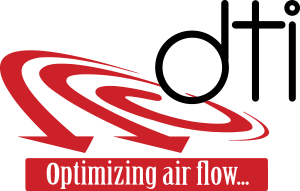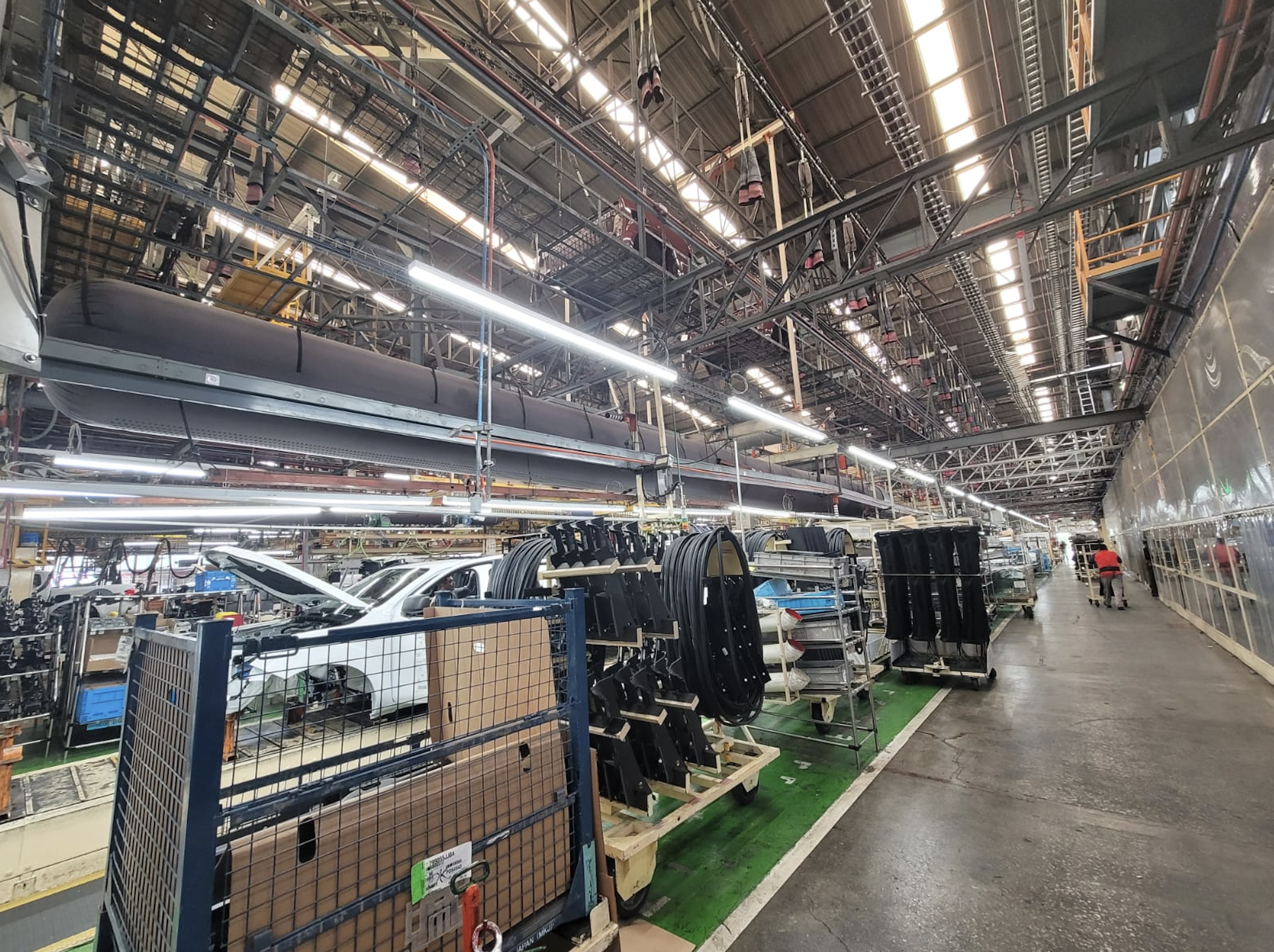Technical standards and certifications are essential to ensure that products and systems meet specific criteria for quality, safety, efficiency, and sustainability. These standards are developed by international and national organizations to establish minimum benchmarks that protect both people and facilities.
In the case of textile ducting used in HVAC systems, these standards define everything from how the material should behave in the presence of fire, to how proper air distribution, acceptable noise levels, energy savings, and hygienic conditions are ensured. Complying with these standards is not just a technical or legal requirement in many projects—it’s a guarantee of trust, durability, and solid performance.
At DTI, we manufacture textile ducts that comply with the industry’s leading international standards. Below are the most relevant ones and why they matter.
1. Thermal Comfort and Air Distribution
Indoor environmental quality starts with proper air distribution. Standards such as ASHRAE 55 and ASHRAE 70 (USA), along with EN ISO 7730 and Eurovent 4/11 (Europe), define criteria and methods to achieve adequate thermal comfort and efficient airflow distribution.
2. Indoor Air Quality (IAQ)
For spaces like hospitals, laboratories, or food production facilities, air quality is critical. Standards like ASHRAE 62.1, EN 16798-1, and EN 13779 regulate minimum ventilation levels and air purity to ensure healthy environments.
3. Energy Efficiency
ASHRAE 90.1 and EN 16798-3 regulations, along with the European EPBD Directive, establish design criteria to minimize energy consumption in HVAC systems—something textile ducts help achieve by reducing pressure losses and optimizing airflow.
4. Fire Safety
One of the most important factors in any installation. Textile ducting must comply with standards such as NFPA 90A and UL 2518 (USA), as well as EN 13501-1 and the CPR Regulation 305/2011 in Europe. These standards ensure that materials have low flame and smoke propagation.
5. Hygiene and Maintenance
The VDI 6022 standard in Europe sets strict criteria for cleaning, maintenance, and hygiene in air systems. In the U.S., ASHRAE 62.1 also includes recommendations in this area.
6. Acoustic Performance
Thanks to their flexible and porous nature, textile ducts significantly reduce noise generated by moving air. Standards like ASHRAE 70 and Eurovent 4/11 provide methods for evaluating acoustics in HVAC systems.
7. Compatibility with Fans and Systems
While there are no specific standards for textile ducting in this area, organizations like AMCA 210/300 help evaluate compatibility with fans in terms of performance and noise levels.
8. Labeling and Legal Compliance
Compliance with international standards is certified through labels such as UL and ASTM in the U.S., or CE marking in Europe (according to the CPR Regulation). This guarantees that the product meets technical and legal requirements for market access.
At DTI, we comply with the most demanding international standards, ensuring high performance, safety, and reliability in every project. Our commitment to innovation and regulatory compliance allows us to offer tailored solutions for the most demanding industries.
Contact us and let us guide you—from design to installation—on your ventilation system.

